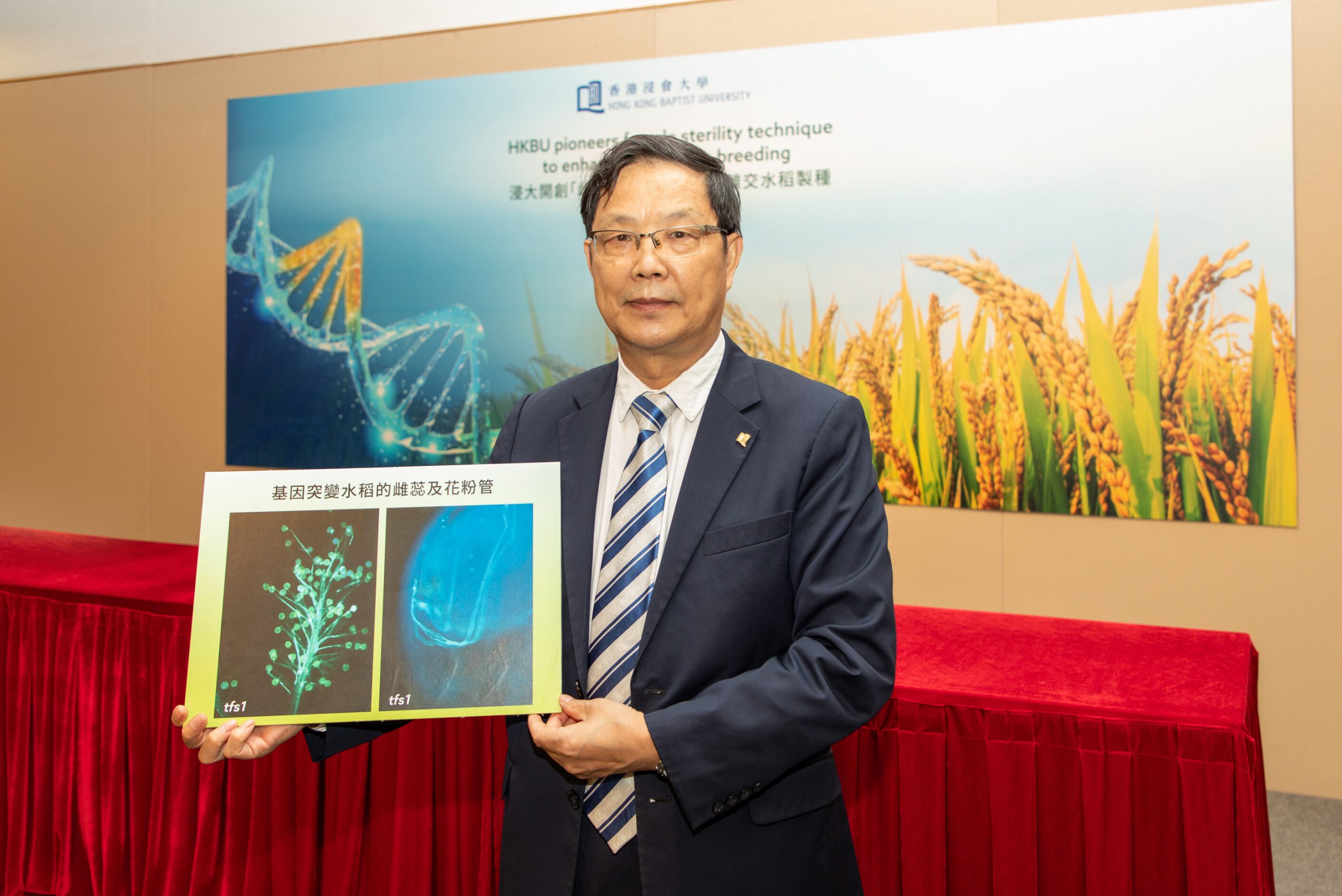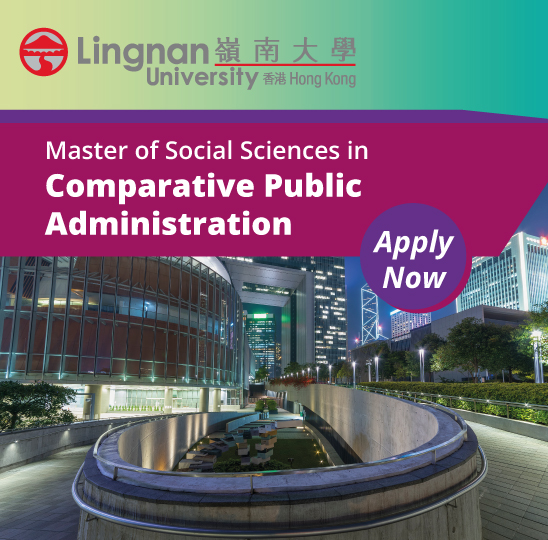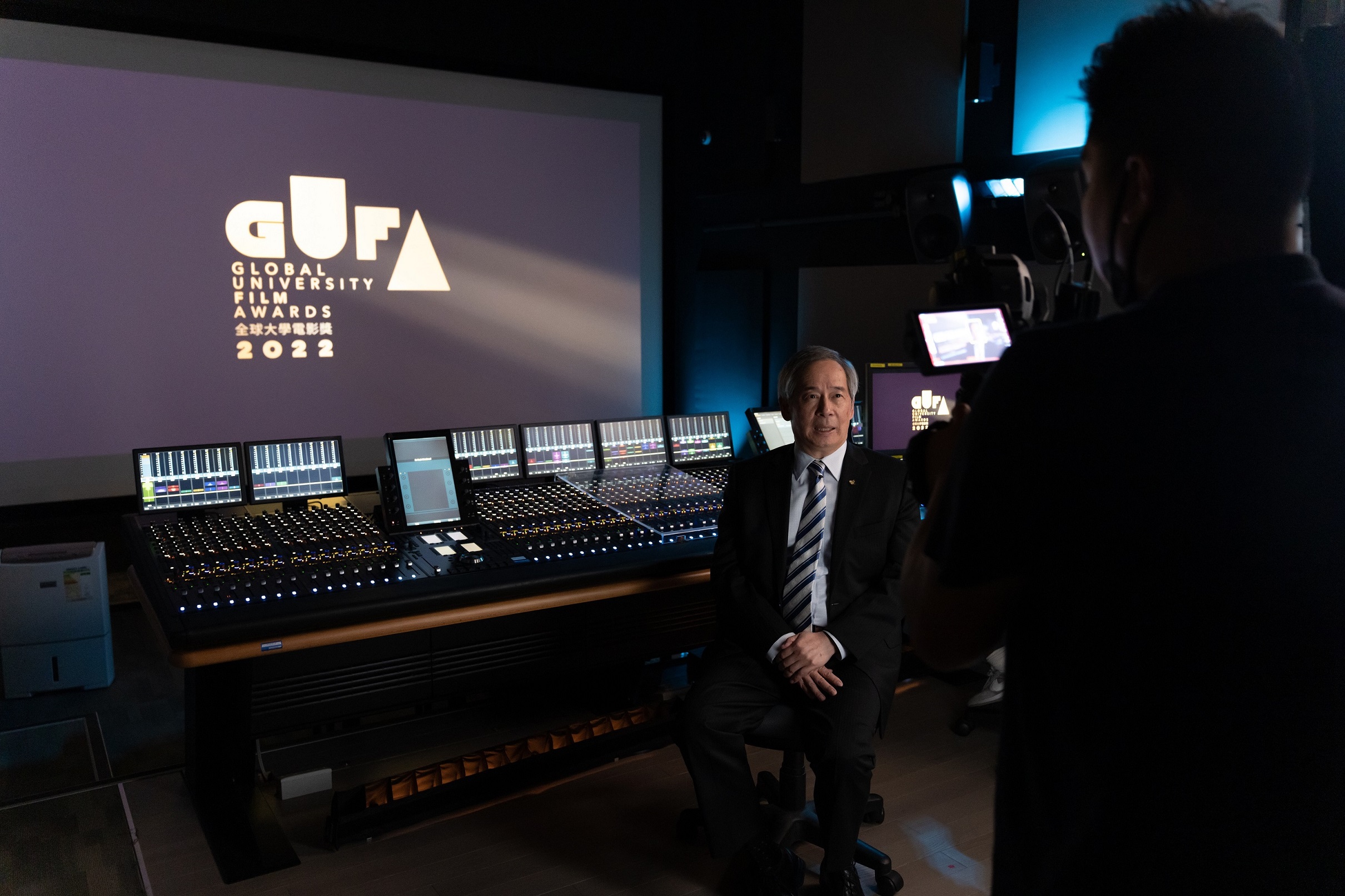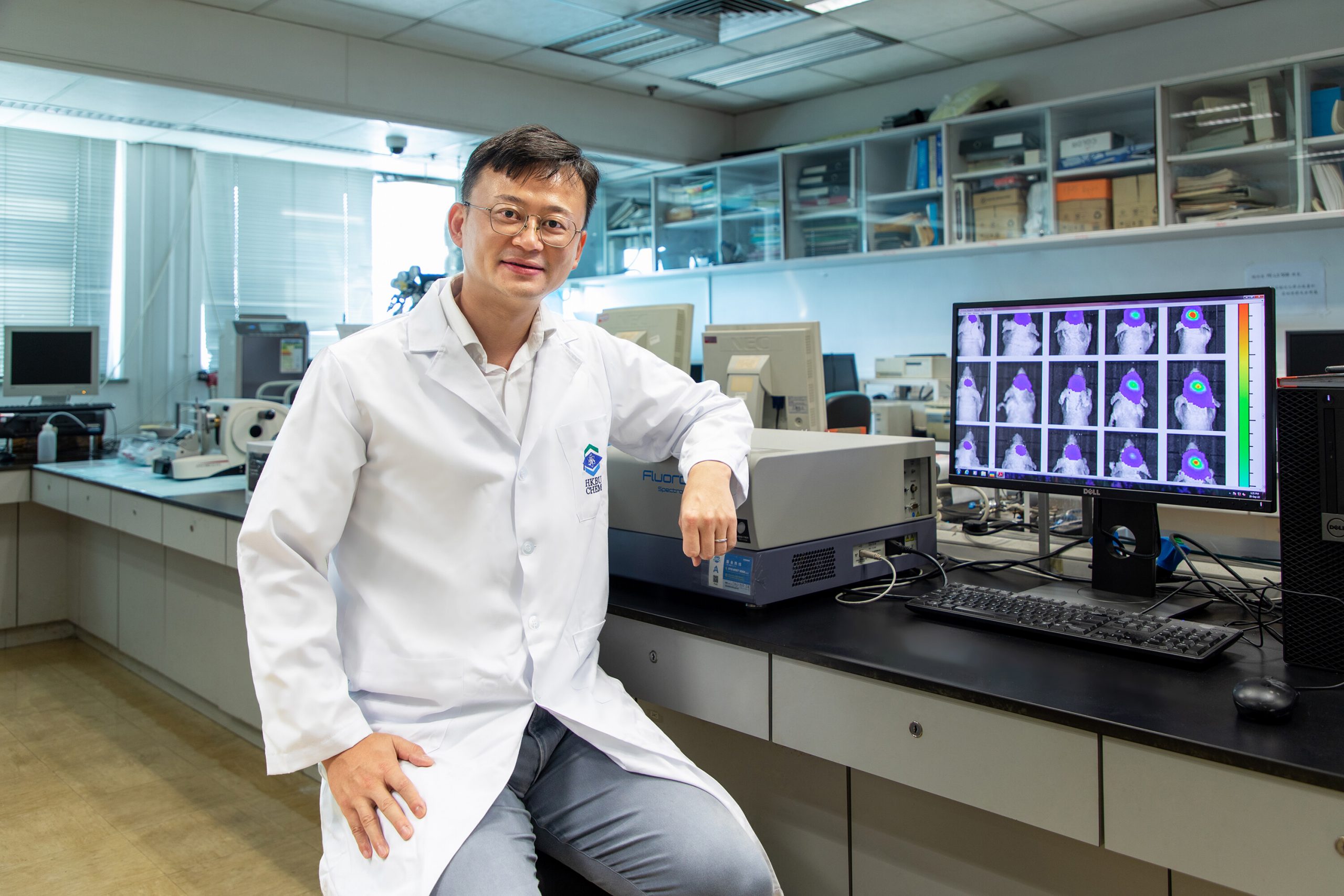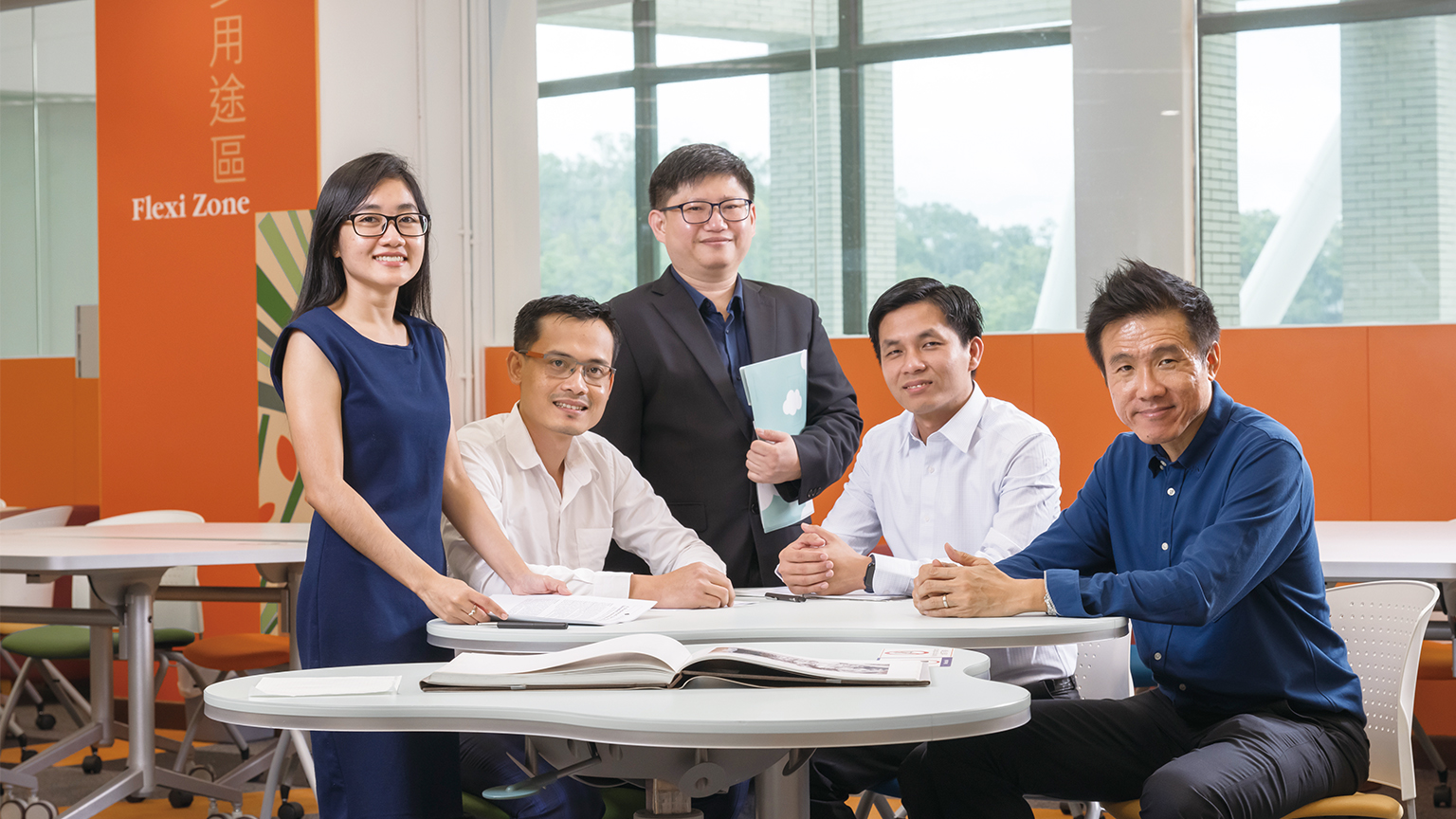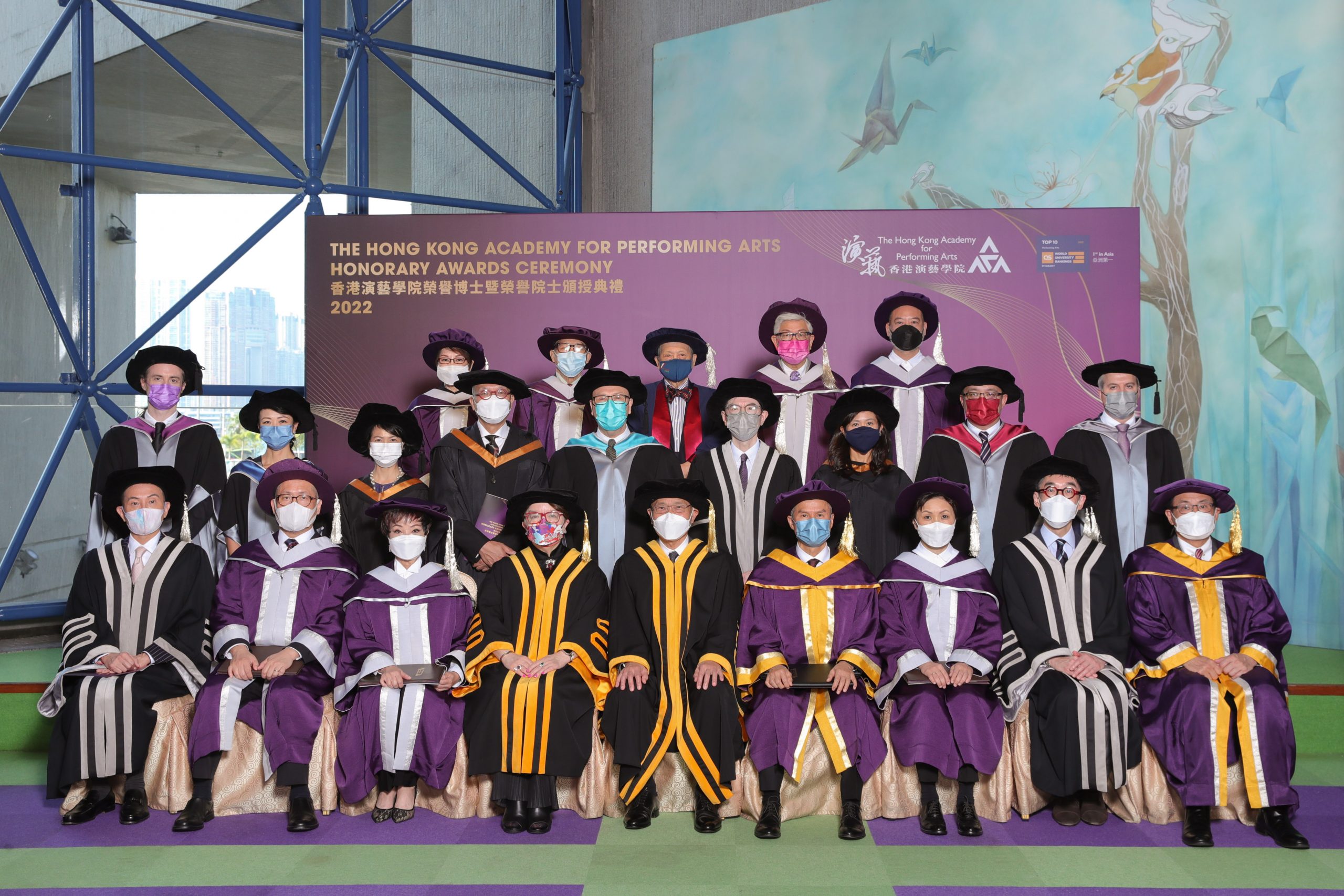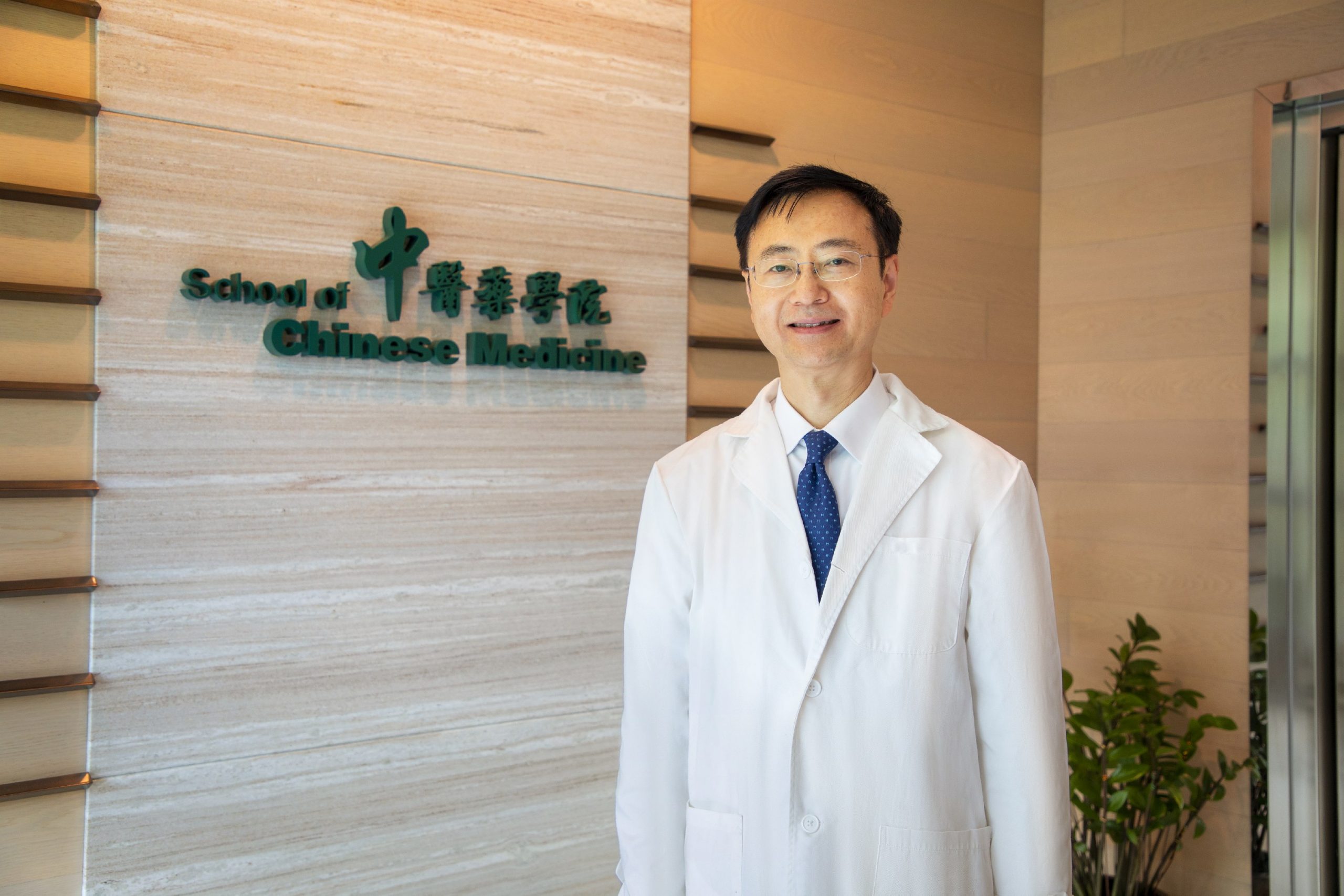A research team led by Hong Kong Baptist University (HKBU) has identified a molecular target for bone anabolic therapies using a selected aptamer that serves as an inhibitor of sclerostin, a protein that prevents bone growth. The discovery offers hope for the development of an effective next-generation treatment for osteoporosis and osteogenesis imperfecta that is free of cardiovascular risk compared to the marketed antibody drug.
The research findings have been published in the international academic journals Nature Communications and Theranostics. The new drug is at the pre-clinical trial development stage, and the research team plans to start clinical trials in the US and on the Mainland in 2024.
Current medication increases cardiovascular risk
Osteoporosis is a metabolic condition which leads to a reduction in bone density, resulting in weakened bones that are more fragile and likely to break. Osteogenesis imperfecta, also known as “brittle bone disease”, is a rare congenital genetic disorder characterised by extremely fragile bones. Sclerostin has been identified as a therapeutic target for both diseases.
In 2019, the US Food and Drug Administration (FDA) approved the use of the monoclonal antibody against sclerostin for the treatment of postmenopausal osteoporosis. Studies have also shown that sclerostin antibody enhances bone mass and bone strength of mice with osteogenesis imperfecta. However, as sclerostin plays a protective role in the cardiovascular system, it was seen that sclerostin antibody increased the risk of heart attacks, stroke and cardiovascular death during clinical trials. Therefore, a black box warning for potential cardiovascular risks is required by FDA.
A research team led by Professor Lyu Aiping, Dr. Kennedy Y.H. Wong Endowed Professor in Chinese Medicine and Director of the Institute of Integrated Bioinformedicine and Translational Science at HKBU; Professor Zhang Ge, Director of the Law Sau Fai Institute for Advancing Translational Medicine in Bone and Joint Diseases at HKBU; and Dr Yu Yuanyuan, Manager of the Guangdong-Hong Kong-Macau Greater Bay Area International Research Platform for Aptamer-based Translational Medicine and Drug Discovery and Assistant Professor of the School of Chinese Medicine at HKBU, endeavoured to develop alternative drug options.
“loop3” identified as a new therapeutic target
Sclerostin suppresses bone formation by antagonising the “Wnt signalling pathway”. The “Wnt signalling pathway” modulates the stem cells responsible for skeletal tissue regeneration. Therefore, inhibition of sclerostin promotes bone growth.
The research team discovered that a “loop3 domain” in the core region of sclerostin can be used as a molecular target to inhibit sclerostin. Through genetic studies, it was shown that deficiency of the loop3 domain can inhibit sclerostin’s antagonistic effect against the Wnt signalling pathway, but it does not affect the cardiovascular protective effect of sclerostin. The result suggests that the loop3 domain can serve as a molecular target for inhibiting sclerostin while preserving its cardiovascular protective function.
The researchers then proceeded to screen aptamers that can specifically inhibit sclerostin loop3. Aptamers are single-stranded DNA or RNA molecules that can selectively bind to molecular targets such as proteins. After binding with specific proteins, aptamers may inhibit protein–protein interactions and thereby elicit certain therapeutic effects. Through a combinatorial technology, an aptamer “aptscl56” was selected as a potential sclerostin inhibitor that targets the loop3 structure.
Aptamer selected as effective and safe sclerostin inhibitor
The research team examined aptscl56’s therapeutic functions with osteoporotic rat models and osteogenesis imperfecta mouse models. They found that aptscl56 effectively promots bone formation. On the other hand, the application of aptscl56 does not increase the risk of developing cardiovascular diseases such as aortic aneurysms and atherosclerotic development in both models.
The medical use of aptamers confers certain advantages, such as thermal stability and ease of synthesis. However, they are prone to rapid degradation and renal filtration. The research team therefore modified aptscl56 to produce an aptamer named “Apc001” with a longer half-life. The team demonstrated that Apc001 promotes bone formation, increases bone mass, improves bone microarchitecture integrity, and enhances bone mechanical properties in rats with osteoporosis and mice with osteogenesis imperfecta.
Clinical trials due to start in 2024
“Searching for reliable and safe alternatives to overcome the limitations of the currently available drugs is crucial to help patients who need bone anabolic therapies. Our ongoing studies, which span from identifying molecular targets for sclerostin inhibition to aptamer drug discovery, offer hope for the development of next-generation sclerostin inhibitors in the near future,” said Professor Zhang Ge.
“Our search for alternative drugs for bone anabolic therapies is a good example of tripartite collaboration between academia, industry and the government. The research work was partly conducted in collaboration with a local biotechnology company, and it was supported by the Innovation and Technology Fund. Some biotechnology companies in the Mainland were engaged in certain aspects of developmental research for the aptamer, such as toxicology tests. The collaborative efforts will continue to create more synergy and fruitful results,” said Professor Lyu Aiping.
The therapeutic aptamer Apc001 was granted orphan drug designation by the FDA for the treatment of osteogenesis imperfecta in 2019.






